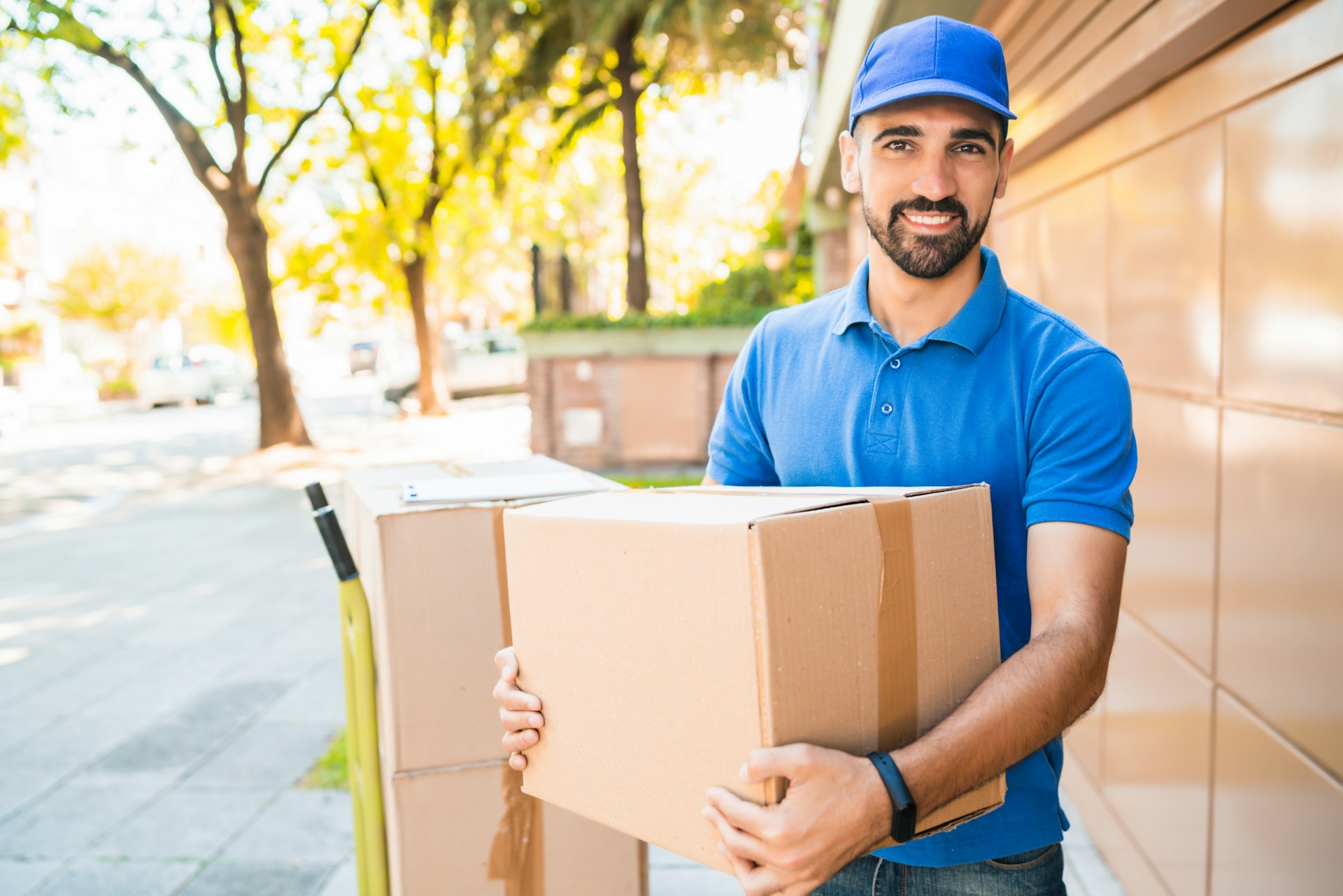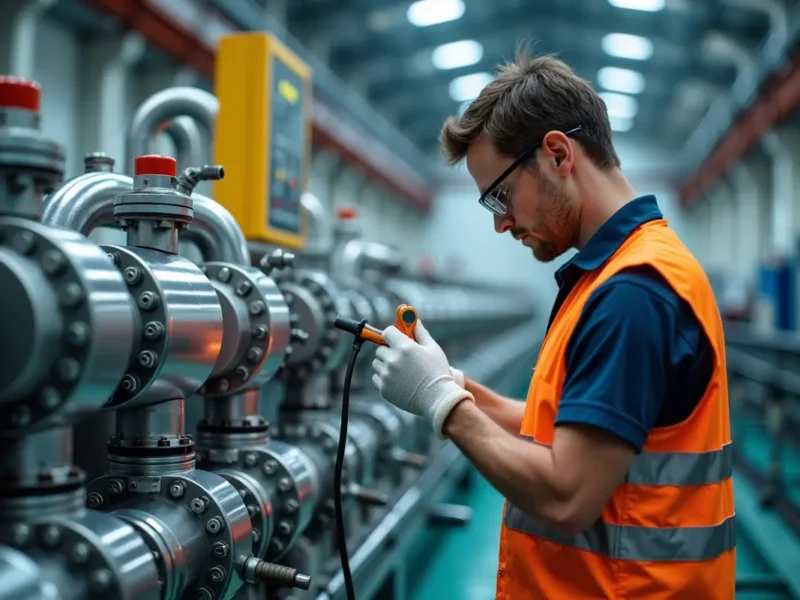Ever wonder how your online order goes from a warehouse to your doorstep in just a day—or sometimes a few hours? It almost feels like magic. But it’s not. It’s software. Smart, behind-the-scenes tools are working nonstop to make sure packages get where they need to be. And the way everything runs so smoothly is kind of mind-blowing.
Let’s break it down in a way that actually makes sense. This isn’t about robots flying around or teleporting packages. It’s real tools doing real work, helping people make fast deliveries happen almost every time.
Contents
What Happens After You Hit “Buy Now”
So, you’re shopping online. You find something you want, click “Buy Now,” and then boom—it’s on its way. But here’s what’s really going on.
Once your order is placed, it doesn’t just sit around waiting for someone to notice it. It’s instantly added into a system that figures out where the item is, what truck can take it, how fast it needs to go, and even what route the driver should take. This entire process starts before anyone even picks up a package.
Companies use something called transportation management systems to make this happen. These systems help businesses plan, track, and deliver packages without losing time or making silly mistakes. They don’t just help with one step—they manage everything from the second the package is packed to the minute it gets dropped off.
If you’re curious about how businesses use these tools to handle all their deliveries, transportation management systems are a big part of the secret. They’re kind of the brains behind every smooth delivery.
Why Speed Matters (And How It’s Managed)
People expect things to be fast now. Ordering something and waiting a week feels like forever. So companies need to move quickly—but not carelessly. That’s where planning software comes in.
This tech doesn’t just send out every truck randomly. It plans every stop, finds the fastest roads, and avoids delays. It checks traffic, weather, road closures—basically anything that could slow a driver down. Even tiny things, like how long it takes to park at a location or if a place is usually busy, can be added into the plan.
It also figures out how to pack trucks better. If a driver has 50 deliveries, the system plans which boxes should be loaded first and which should go near the door. That way, the driver isn’t wasting time digging around in the back of the truck all day.
Tracking Isn’t Just for You
You know those tracking links that show your package going from city to city? That information doesn’t just help customers—it helps the delivery teams too.
Everyone involved in the delivery can see where a package is at all times. If there’s a problem—like a truck breaks down or someone isn’t home when they’re supposed to be—it’s easy to fix it quickly. The system just re-routes the delivery or notifies someone to try again later.
This kind of visibility helps stop mistakes before they become big problems. It also lets delivery companies work together better. A local courier might take over the final delivery if the original truck can’t finish in time. The software makes those hand-offs smooth and stress-free.
No More Guessing Games
Before tools like these existed, people had to guess a lot. Dispatchers would call drivers to find out where they were. Drivers had to keep paper notes about where to go next. If something changed, everyone had to stop and figure out what to do.
Now, the system does most of that on its own. It updates automatically. If a driver is running late, the software adjusts the rest of the route. If a new package shows up at the last minute, it checks if there’s space on another truck nearby and sends it there. Fast changes like that used to be hard. Now they happen in seconds.
It Works for Small Businesses Too
You might think only massive delivery companies have access to this kind of software. But that’s not true anymore. Smaller delivery services and even local couriers can use transportation management tools that fit their size and budget.
This means better service for everyone. Local businesses can deliver just as quickly and reliably as the big names, especially when they use smart tech to plan their day. It levels the playing field.
Plus, customers can get real updates, faster service, and fewer missed deliveries—without paying extra. In fact, this software usually helps companies save money because they waste less fuel, time, and effort.
How It All Comes Together
Let’s say someone orders a phone case from a shop in another city. Here’s what happens in the background, thanks to all this smart software:
- The order is sent straight to the company’s system.
- The system finds the best warehouse to ship it from.
- It assigns the delivery to a truck that already has a similar route.
- It adds the new stop without messing up the rest of the plan.
- The truck driver gets updated directions on their mobile device.
- The customer gets a tracking number and expected delivery time.
- If there’s traffic, the route updates automatically.
- The phone case arrives. On time.
All that happens with barely any human input. It’s not magic. It’s software that’s built to think ahead, work fast, and keep everything organized.
The Big Takeaway
Deliveries feel faster and easier than ever—but there’s a whole world of smart tools working behind the scenes. These tools, especially transportation management systems, do way more than just tell trucks where to go. They help companies deliver faster, avoid mistakes, and stay organized even when hundreds of packages are moving at once.
So next time a package shows up earlier than expected, you’ll know it wasn’t just luck. It was smart software making sure everything ran smoothly.
If this stuff seems interesting, start paying attention to what goes on between placing an order and hearing that knock at the door. There’s more going on than most people think—and it’s kind of cool to know what’s really happening behind the scenes.



